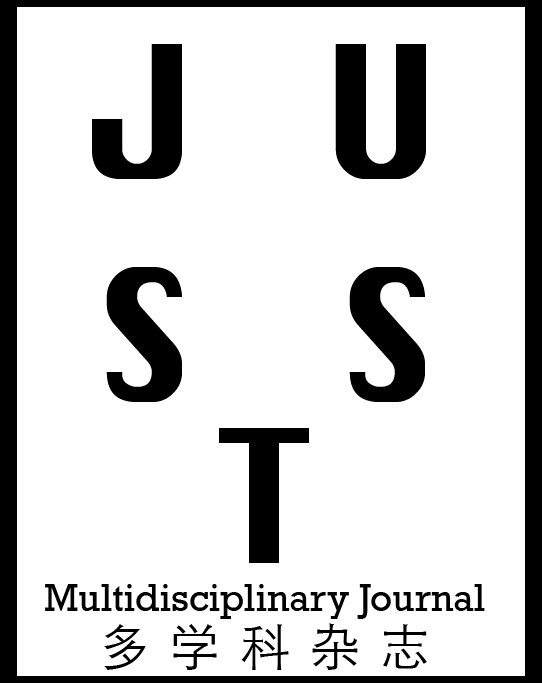Background: By this time in which gestational age is generally confirmed by first – or second – trimester ultrasound and elective term delivery is increasingly common, an examination of neonatal and maternal outcomes between 37 and 41 weeks may be of importance. objective: To ascertain the adverse neonatal and maternal outcomes associated with elective term delivery between (37-42) weeks gestation. patients and methods: A total of 452 pregnant women were enrolled in the study. throughout the years 2009-2010.They were divided into three groups: The first group included 212 pregnant women, who had elective repeated caesarean section. The second group included 109 pregnant women who had elective primary caesarean section, while the third group included 131 pregnant women who had induction of labour for obstetrical indications and whom we regarded as a control group. Results:73.1% of intrapartum caesarean sections among the induction of labour were due to fetal distress. This type of caesarean sections were increase with decrease cervical dilatation, increase the parity (p<0.001), also it increase with birth weight 4Kg, p=0.009. The incidence of intrapartum caesarean section was not influenced by the gestational age, p=0.47[NS].The incidence of Neonatal Care Unit admission was not influenced by the parity; p=0.46-0.83[NS]. This incidence was lower in (group 3, 39-40 weeks gestation, 3-4 Kg birth weight) so they were regarded as reference groups. The incidence of adverse maternal outcomes were increased in (multipara 3&more; p=0.018, in group 1; p=0.007 and birth weight >4Kg; p=0.004).he adverse maternal outcome was not influenced by the gestational age, nor the outcome of induction of labour as caesarean section. Conclusion: In spite of our small sample size, but our conclusion that we need to follow the general evidence based trend of performing elective termination of pregnancy between the 39 – 40 weeks of gestation, since we got the best neonatal outcome without increment in maternal adverse outcome.
